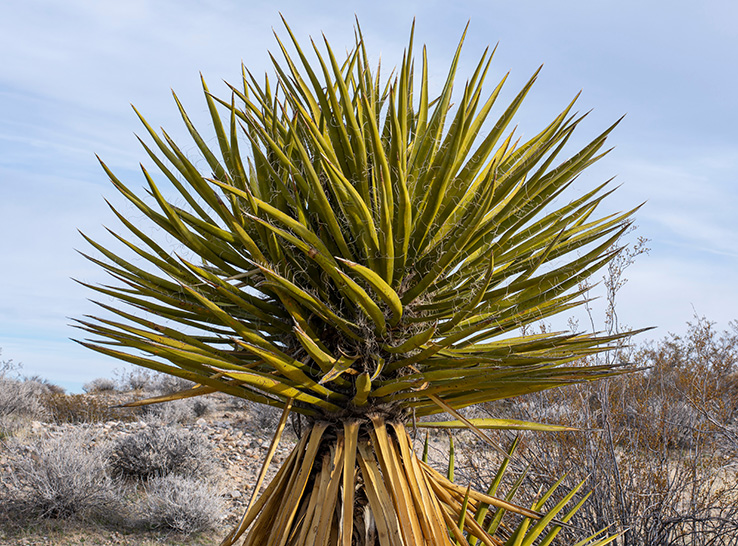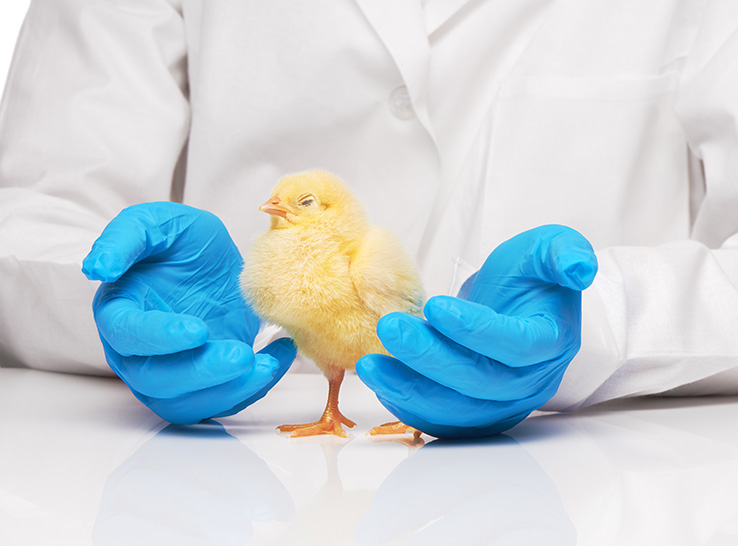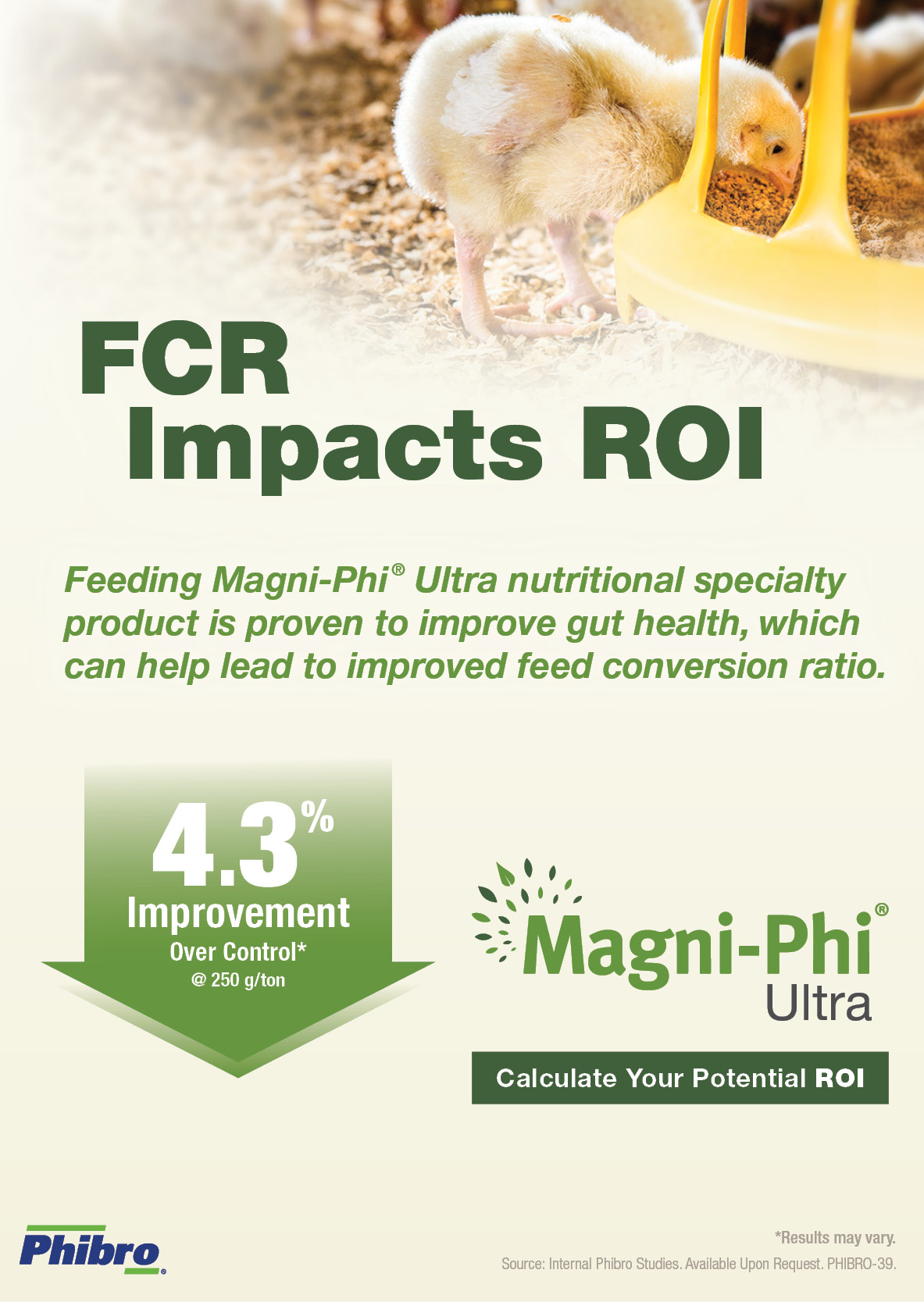Research conducted in the US and Germany showed that feeding broilers Quillaja saponaria trees and Yucca schidigera plants improved performance, nutrient digestibility and the physical condition of their intestinal tract, both when the birds were healthy and when they faced a parasitic disease challenge.
Both plants used in the study are known sources of saponins, an organic chemical that has been associated with antimicrobial properties, meat quality and performance benefits.
Study results were published in British Poultry Science.
“Previous research has shown that saponins from both Quillaja and Yucca, when used in poultry diets, affect intestinal morphometrics, increasing surface area for nutrient absorption and helping maintain immune function, which helps improve birds’ ability to defend themselves against pathogens,” said Luis Gomez, Senior Director of Poultry Global Technical Services for Phibro Animal Health Corporation.
Dual experiments
For the studies, researchers used the commercial product Magni-Phi® nutritional specialty product from Phibro Animal Health. Studies on Magni-Phi, which combines Quillaja and Yucca saponins and polyphenols, have demonstrated several of the product’s benefits, such as immune modulation and increased intestinal villi length.1
The studies consisted of two identical floor-pen trials in which performance and nutrient digestibility were assessed and two trials where performance and ileal morphology were determined. In each trial, 0, 227 or 454 grams per short ton of Magni-Phi were included in feed given to the broilers from 1 to 35 or 1 to 42 days of age, respectively. Eight (digestibility) or 12 (morphology) randomized replicate pens were used.
In the digestibility trials, they moved two birds per pen to metabolism cages at day 21, collecting excreta over a 5-day period to calculate the apparent total digestibility of dry and organic matter, fat and ash, and measure nitrogen retention.
To evaluate gut morphology, they vaccinated the birds against coccidiosis and exposed them to challenge by intestinal pathogens via two routes. First, they used broiler litter from farms where two gut diseases — necrotic enteritis and coccidiosis — were known to be present; then they sprayed each pen with Eimeria parasites, which cause coccidiosis.
After the treatments, they collected segments of the ilea (last section of the small intestine) from four birds per pen on day 21 of the study to determine villi height and crypt depth, factors that affect the gut’s overall absorptive surface area.
For both experiments, the scientists recorded bodyweights and feed consumption on a weekly basis to calculate feed-conversion ratio (FCR) and liveability to obtain the European Poultry Efficiency Factor.
Intestinal-tract benefits
The dietary supplementation with Magni-Phi showed improved intestinal health, which led to improvements in performance, nutrient use and gut morphology. Each metric had a linear relationship with inclusion levels of the supplement in the birds’ feed.
Compared to controls, growing broilers fed 227 or 454 grams per short ton of the product had significant improvements in the bodyweights at day 35. Starting at day 14, FCR increased significantly as supplement levels increased. But at day 35, FCR was significantly different from controls only at the 454 grams per short ton inclusion rate. Birds fed Magni-Phi also showed significant improvement in nitrogen retention and all other digestibility metrics.
Magni-Phi also appeared to have a positive influence on the birds’ gut, demonstrated by increased ileal villus height and crypt depth. These increases were statistically significant for birds that were fed the product at 227 or 454 grams per short ton. Increased ileal villi height and crypt depth have been linked to increased mucous secretions and nutrient absorption in previous work, Gomez explained.
“In the present study, we showed that supplementation with both plants can bring benefits for both healthy and disease-challenged birds, and there was a bigger impact with greater inclusion rates. The results provide a basis for further work to fully understand how the chemical properties of Yucca and Quillaja together impact the gut,” Gomez concluded.
For the full study report, click here.
Editor’s note: Content on Modern Poultry’s Industry Insights pages is provided and/or commissioned by our sponsors, who assume full responsibility for its accuracy and compliance.










